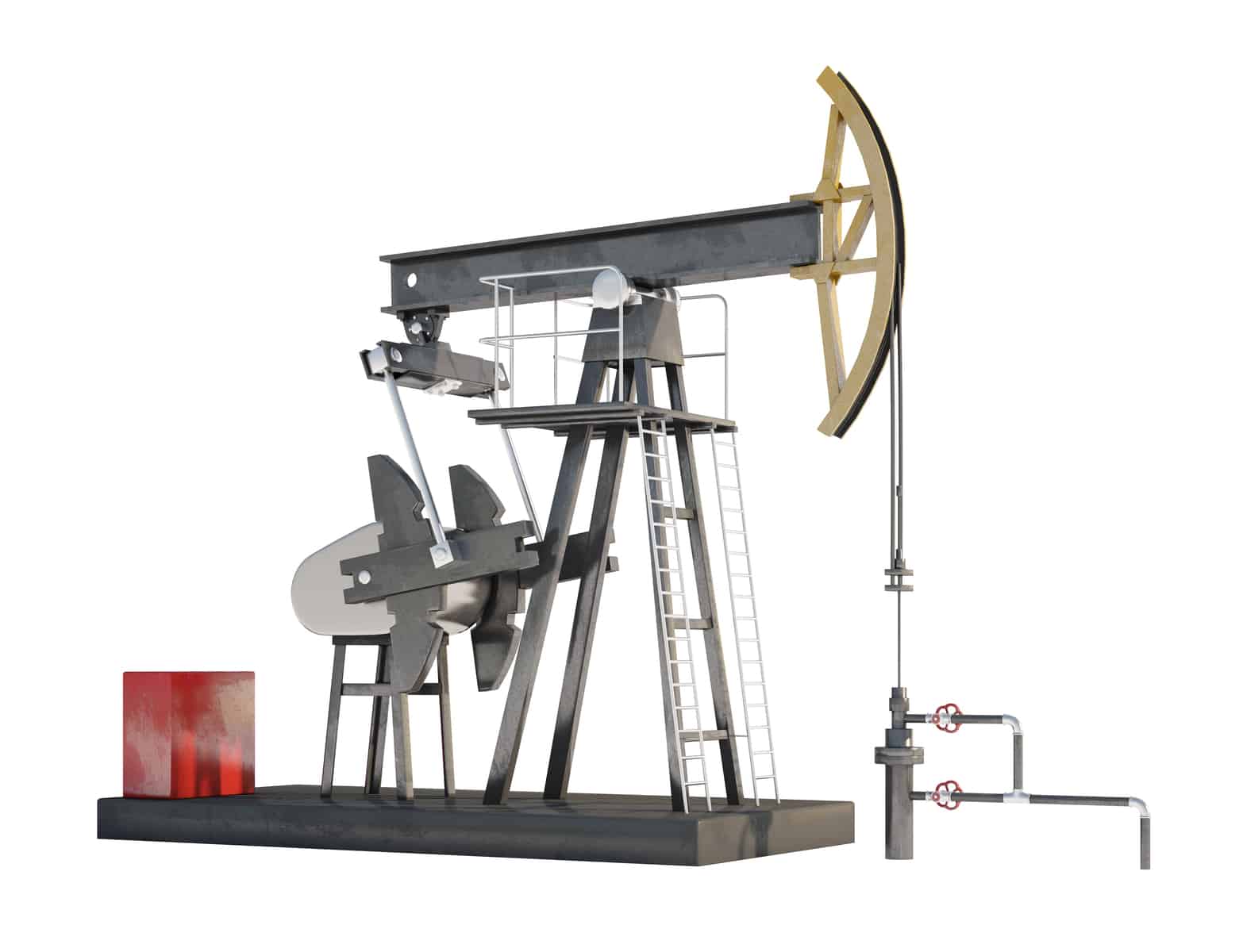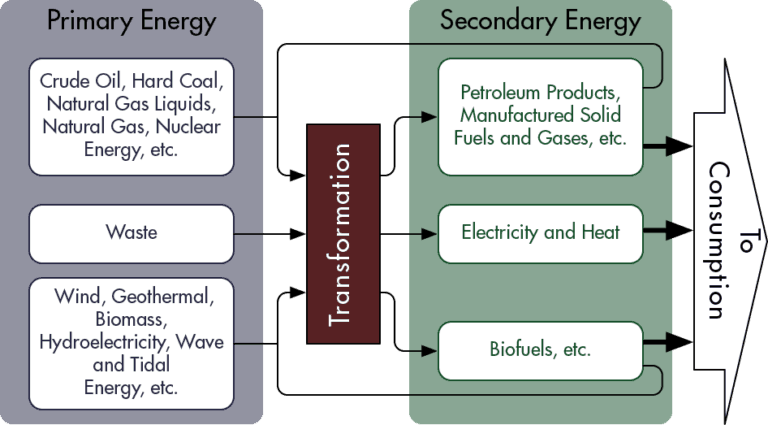
Earth is endowed with a significant amount of primary energy forms and water resources. Some of those primary energy resources, such as fossil fuels and minerals (e.g., uranium), deplete over time as they are extracted. Some of them, such as renewable energy resources, replenish over time. In contrast, the volume of water in the world neither decreases nor increases. The amount of water in the atmosphere, earth and oceans is essentially fixed. However, the water availability and purity differ greatly over time and place because of usage patterns and the hydrologic cycle that moves water around the planet. Thus, in this important way, energy and water differ.

Primary energy resources are those found in nature. Secondary energy resources are those forms that must be produced by conversion of primary resources. There are only a few different original sources for primary fuels: Earth, the Moon, and the Sun. Earth provides radioactive materials used to harness nuclear energy and geothermal resources that can be used for heating and cooling. The moon’s gravitational pull provides tidal forces that can be harnessed for mechanical or electrical power. Other than nuclear, geothermal, and tidal energy, all other energy forms originate from the sun.
Electromagnetic radiation in the form of light from the sun can become electricity directly through conversion within photovoltaic (PV) panels. Also, mirrors that focus solar beams concentrate the sun’s energy to heat water, molten salt, or other fluids for other conversions. However, solar energy indirectly creates many other forms of energy. For example, cycles of solar heating and cooling of the continents and oceans create the temperature differences that drive wind. Wind drives waves, making wave energy a twice-removed form of solar energy. Also, the sun powers the global hydrologic cycle by evaporating water from the oceans, which raises water into the atmosphere. Hence, energy embedded in flowing water, such as power derived from hydroelectric dams or river currents are also indirect forms of solar energy. Natural thermal differences in the ocean between the warm surface and cooler depths (Ocean Thermal Energy Conversion or OTEC), and differences in salinity also originate with the sun.
Photosynthesis relies on sunshine, which allows for plants to grow as feed, food, fuel, feedstock, and fiber. These forms of bioenergy represent solar energy stored over time as chemical energy in the bonds of plant materials. Crops represent solar energy stored for months, while old-growth forests represent solar energy stored for decades or centuries. Fossil fuels formed from old biomaterials thereby represent solar energy stored for hundreds of millions of years.
It’s not always obvious if a fuel is a primary resource or secondary energy. Sometimes, the same thing may be primary or secondary, depending on its source. For instance, the heat from a geothermal vent could be considered a primary resource, but the heat made from burning fossil fuels is secondary energy.
Primary energy resources are those found in nature. They include the fossil fuels (petroleum, natural gas, and coal), uranium, blowing wind and flowing water, biomass, and the radiant energy of the sun.
Secondary energy comes from transforming primary energy, and includes things like gasoline and liquid fuels, refined biofuels, electricity, hydrogen, and heat.
Image Credits: SPACE_MICROBE/Shutterstock.com.
Update your browser to view this website correctly.Update my browser now